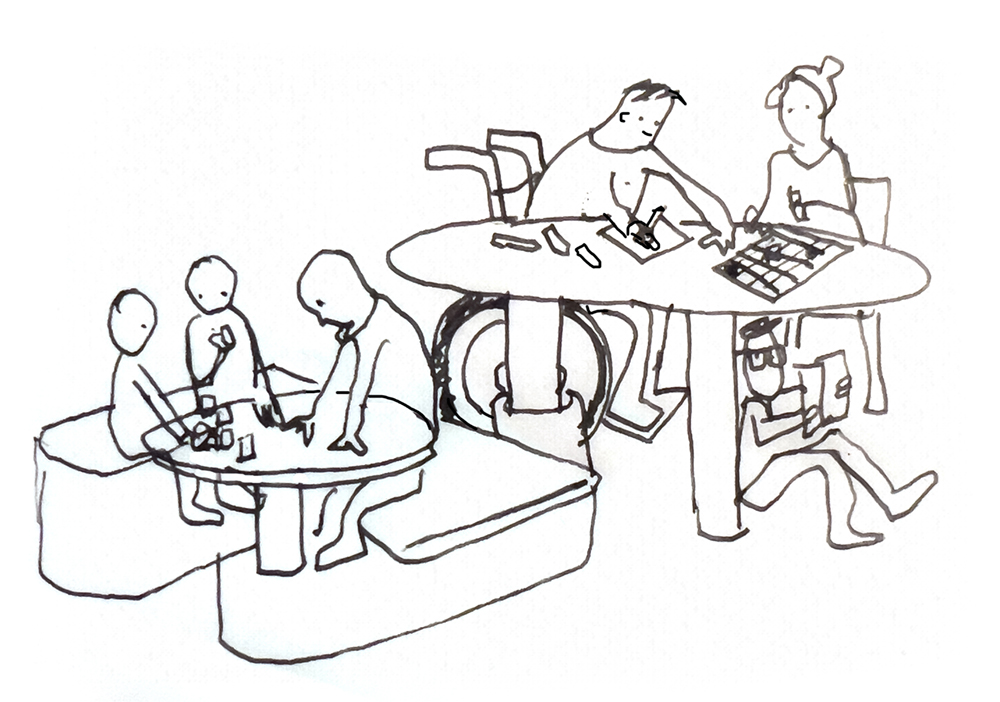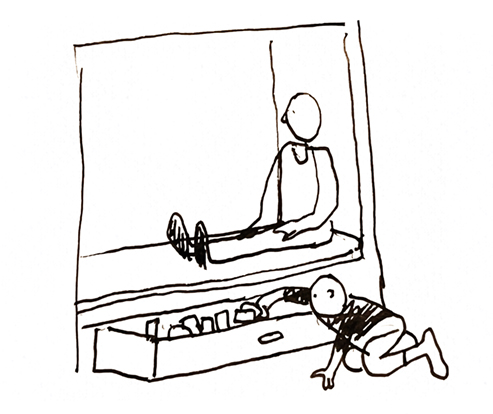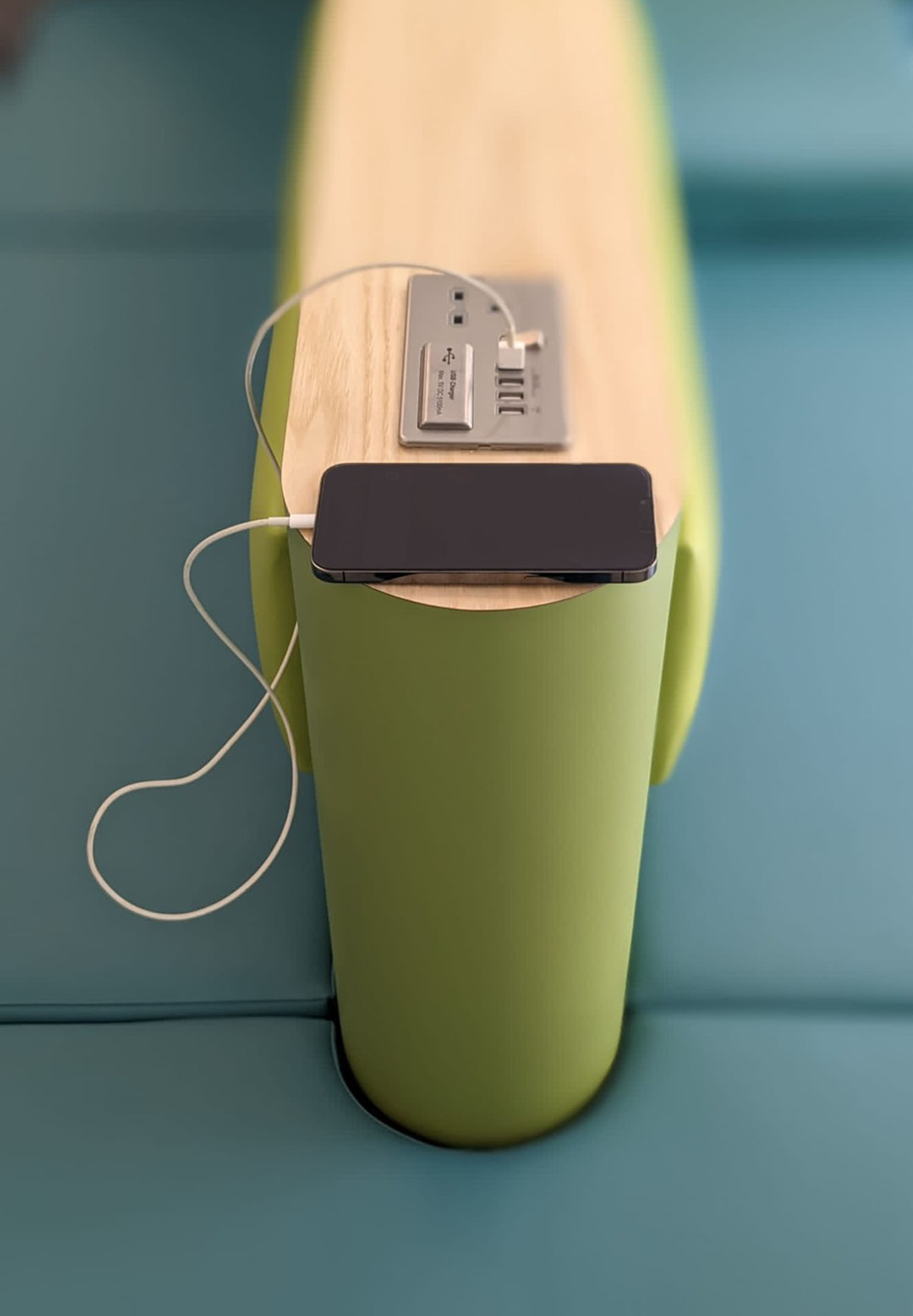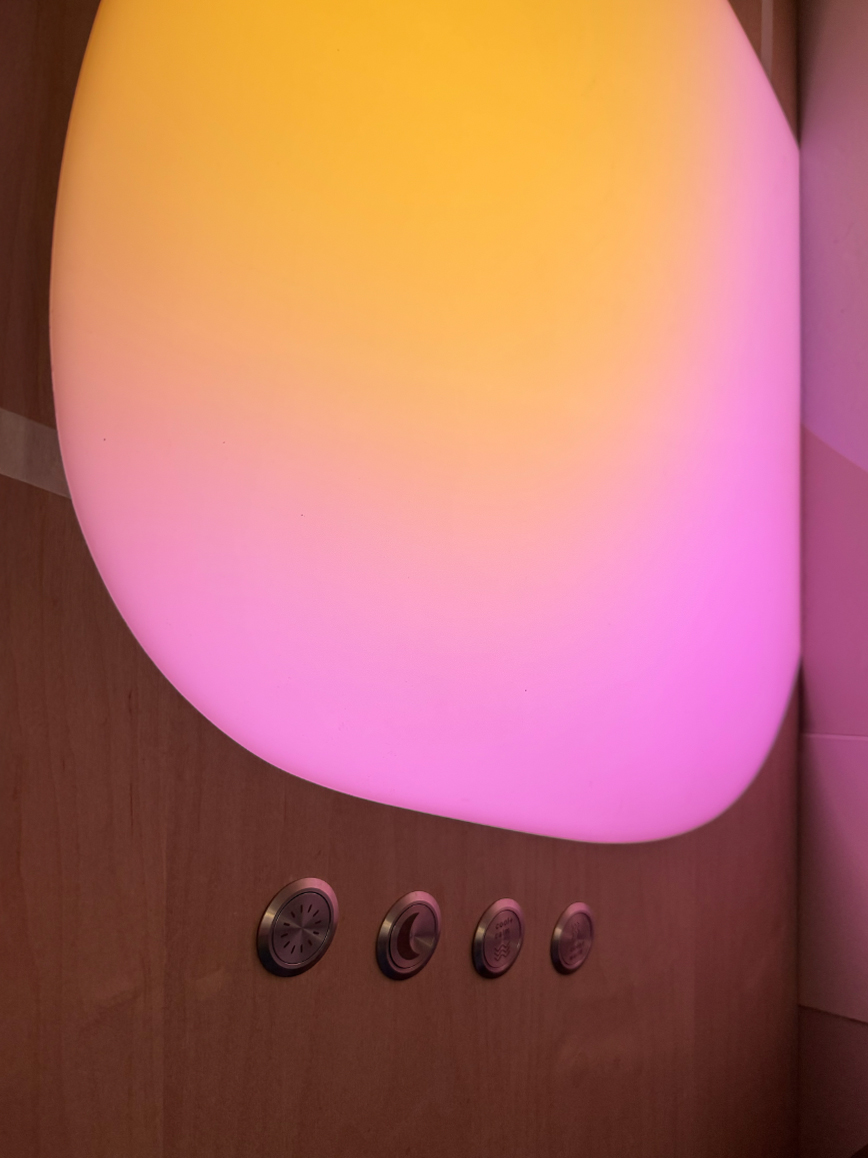If you've sat in a paediatric waiting room, you'll have noticed how impractical the furniture is for children. Accommodating toddlers to teens is a real challenge. To help, Interior Designer Chloe Northover-Naylor, shares her seven top tips for successful furniture design for children in healthcare settings.

1 Invite play:
Play furniture can be a positive distraction - alleviating anxiety and enabling children to express complex emotions and engage with clinical staff.
Consider multiple uses for one piece: reading, drawing, physical self expression, playing with toys or socialising.
2 Create nooks for privacy:
In moments of vulnerability we look for places to retreat that help us feel safe.
Slot seating nooks into small, underutilised spaces. The design can be a simple built-in upholstered cushion or add material and texture for warmth; acoustic paneling to dampen noise, and controllable diffused lighting. Lowered ceiling heights help nooks feel enveloped.
4 Provide places to charge and connect:
Phone batteries drain quickly during long hospital periods.
Artwork, environmental graphics, child friendly info panels and digital interactives are great boredom busters, but it's reassuring for parents and young people to stay connected without searching for a socket.
5 Choose lighting carefully:
There's good evidence access to daylight and appropriate lighting contribute to faster recovery, reduced need for pain medication and shorter hospital stays. Choice and control helps all patients, especially those experiencing emotional dysregulation.
Using soft, diffused (adjustable) lighting panels can give children autonomy over a space potentially removing the need for harsh overhead lighting and creating a restorative atmosphere.
6 Vary furniture height:
Paediatric departments see children aged 0 to 16 so furniture must work hard to be appealing and accessible to all. Varying height planes (high tables or low bench seats), aids inclusivity.
Providing a playful furniture landscape of different heights and shapes can encourage movement - standing, leaning, lounging, lying - stimulating curiosity and imagination.
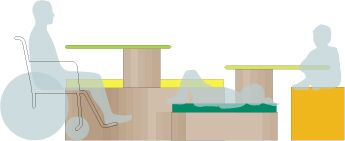
7 Enable personalisation:
Personalisation can help children take ownership of their environment when other health factors may be out of control.
Focus on settings with extended stays, eg. the area beside, behind or above a bed bay or the paediatric playroom. Consider materials and fixtures that can be interchangeable, swapped or rearranged like magnetic panels, dry wipe surfaces, or paper rolls.

